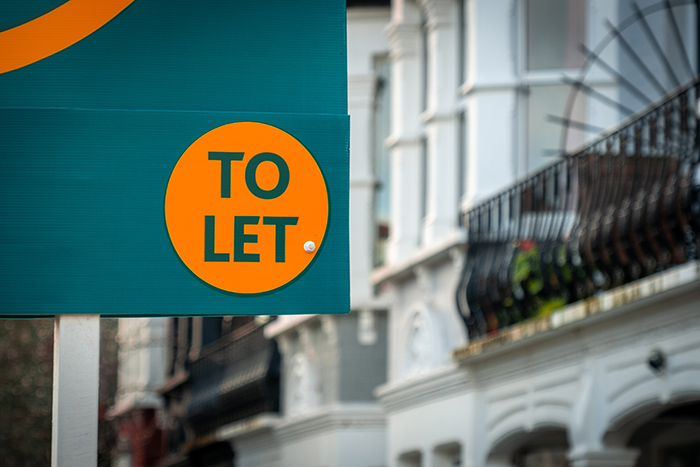
The number of tenants on high incomes that are being asked by landlords to provide guarantors has almost doubled over the last three years, data from Goodlord shows.
The rental platform’s survey says the proportion of renters earning between £50,000 and £74,999 required to provide a guarantor has jumped by 92% since 2020.
It points out that in 2020, 1.35% of earners in this bracket were required to secure their tenancy with a guarantor, rising to 2.59% this year.
The average cost of a rental home in England so far this year is £1,099 a month, rising to £1,871 a month in London, the platform says.
This is up from £937 for a rental home a month in 2020 and £1,612 in London.
The average salary for a full-time employee last year was £33,000, up from £31,461 in 2020, according to Office for National Statistics.
The number of renters earning between £25,000 to £50,000 being asked to provide a guarantor has also jumped by 58% over the last three years.
In 2020, 3.7% of tenants in this bracket were asked to provide a guarantor, rising to 5.84% of renters this year.
Goodlord director of insurance Oli Sherlock says: “The rental market is facing a series of overlapping challenges. We’ve spent years not building enough homes, meaning the supply of rental stock is low.
“This is being compounded by landlords — who are facing rising costs and ever more complex regulation — selling up and leaving the market.
“This supply and demand problem means rents are rising at a time when tenants have less disposable income thanks to the cost-of-living crisis.
Sherlock adds: “This means more tenants are being asked to show they have the support in place to meet their rental obligations, should they need it. As well as a rise in the number of tenants who find themselves needing to provide a guarantor, we’ve also seen a big increase in landlords taking out rental insurance.
“It’s a far from ideal situation for either tenants or landlords. The government should see this as an additional sign that more support for the rental market is urgently needed.”
Goodlord’s data is drawn from more than 220,000 tenancies taken out between January 2020 and June 2023.